
1 NOV
Whether you are making new garments or attempting to sort out the correct method for cleaning your messy ones, understanding texture can be significant. This is particularly evident on the off chance that you have a pleasant piece of texture and need to appropriately deal with it, so it endures longer. Various kinds of textures have various properties that can unequivocally impact how you treat your dress. For instance, the fiber content in one texture will impact how to clean the article of clothing totally uniquely in contrast to another texture’s fiber content. (different types of fabric)
To assist with a portion of this disarray and make a superior comprehension of texture, we should investigate the 12 different types of fabric. Kindly remember that there are really many various sorts of texture; this blog is essentially checking the 12 most well known composes.(different types of fabric)
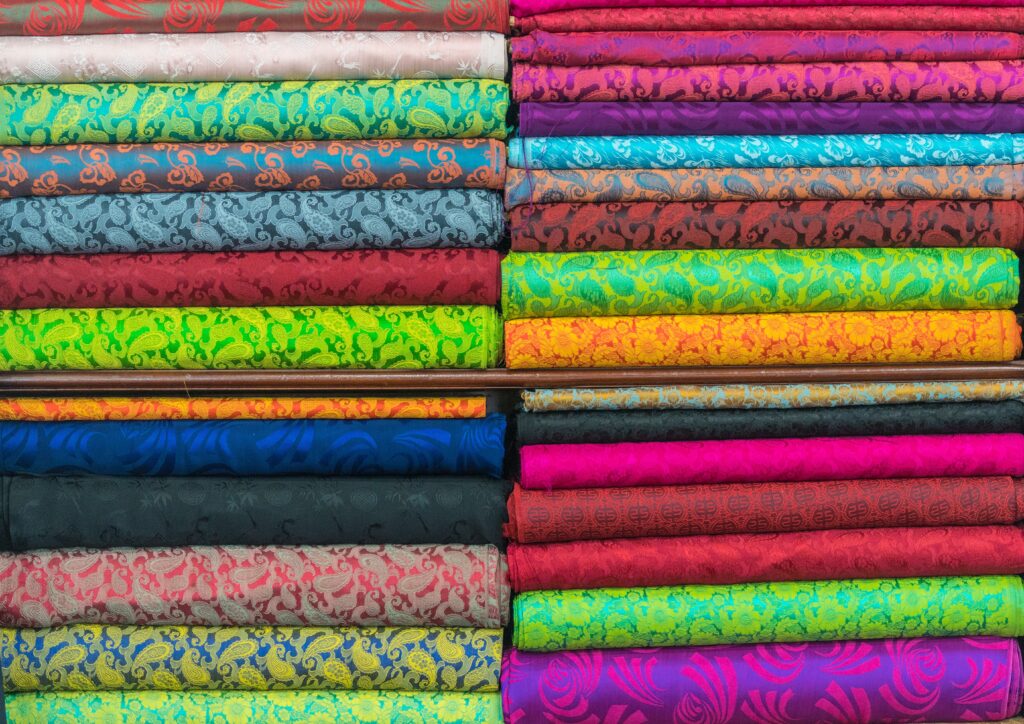
The Different Types of Fabric
In the first place, “texture” is a material made by lacing strands together. For the most part, a texture is named after the fiber client to produce it; a few textures will try and utilize a mix of various strands. The texture is then named relying upon the fiber(s) utilized, its example and surface and the creation interaction carried out. A few textures likewise consider where the filaments began from.(different types of fabric)
Based off this, there are really two arrangements of classes that first isolated the sorts of texture: the strands utilized (normal versus manufactured) and the creation processes (woven versus weaved).
Natural vs. Synthetic
The first contrasting subtlety with textures is reliant upon what kind of fiber is utilized. There are two sorts: regular and manufactured.
Normal filaments are acquired from plants and creatures. For instance, cotton comes from plants while silk comes from silkworms.
Engineered strands, then again, are made totally manufactured matter made by man.
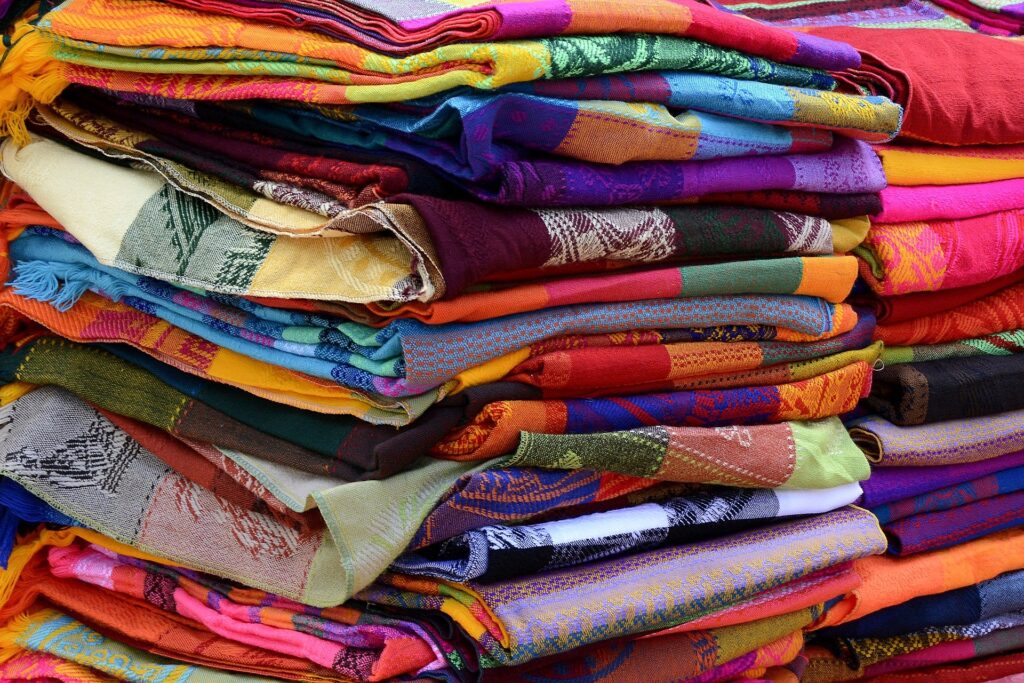
Woven vs. Knitted
The second contrasting point of interest is the creation interaction utilized. Once more, there are two sorts: woven and sewed.
Woven textures are comprised of two bits of yarn that interlace on a level plane and in an upward direction on a loom. Since the yarn runs at a 45-degree point, the texture doesn’t extend and is normally tauter and sturdier than sew textures. The texture comprises of a weft (when the yarn goes across the width of the texture) and a twist (when the yarn goes down the length of the loom).(different types of fabric)
There are three kinds of woven texture: plain weave, silk weave and twill weave. Instances of well known woven textures are chiffon, crepe, denim, material, silk and silk.
For weave texture, consider a hand-sew scar; the yarn is framed into an interconnecting circle plan, which permits it to fundamentally extend. Sew textures are known for being versatile and keeping shape.
There are two sorts of weave texture: twist sewed and weft-sewed. Instances of well known weave textures are ribbon, lycra and network.
Presently, we should investigate the 12 distinct kinds of texture.(different types of fabric)
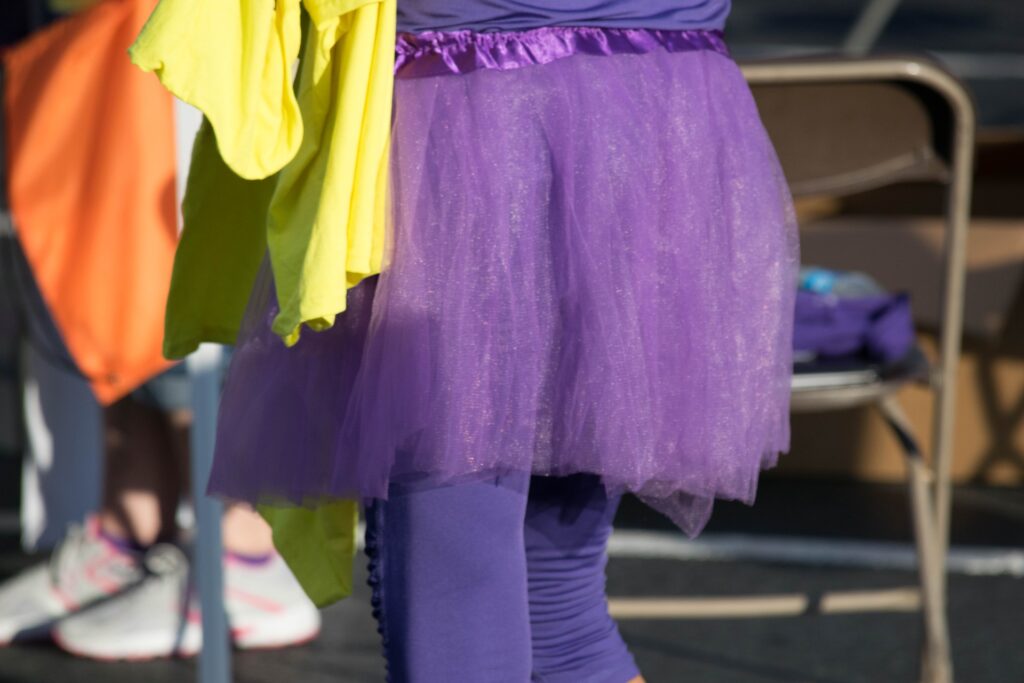
Chiffon
Chiffon is a sheer, lightweight, plain-woven texture produced using turned yarn that gives it a somewhat unpleasant feel. The yarn is generally made of silk, nylon, polyester or rayon.
Chiffon can be handily colored and is generally found in scarves, shirts and dresses, including wedding outfits and prom dresses, because of its light, streaming material.
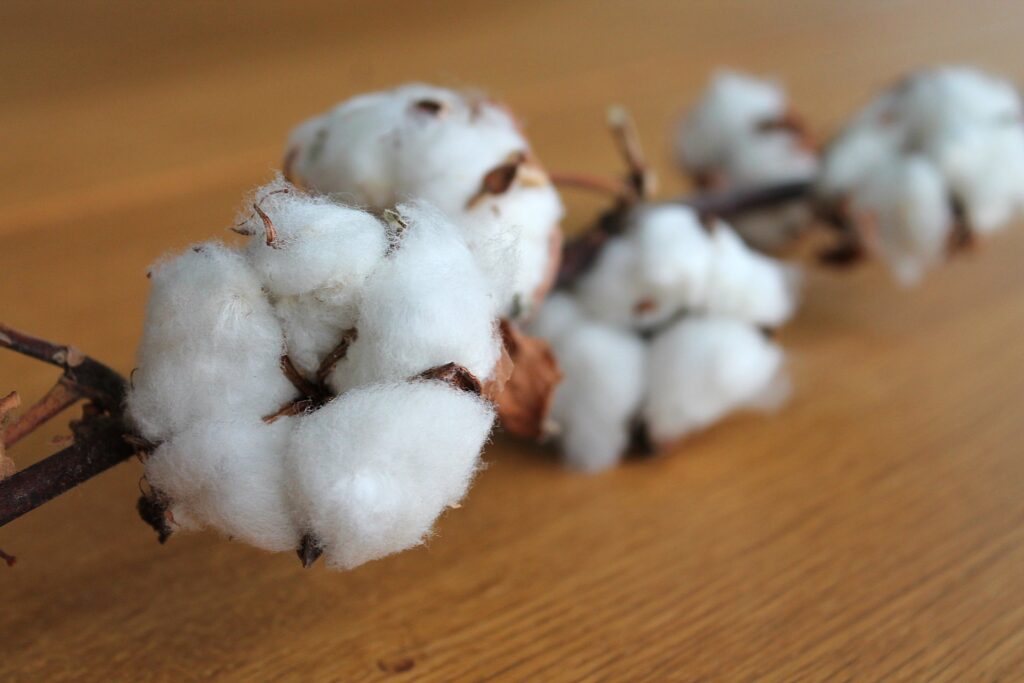
2. Cotton
Known as the most famous material on the planet, cotton is a light, delicate normal texture. The fleecy fiber is removed from the seeds of the cotton plant in a cycle called ginning. The fiber is then turned into material, where it tends to be woven or sew.
This texture is commended for its ease, flexibility and toughness. It is hypoallergenic and inhales well, however it doesn’t dry rapidly. Cotton can be tracked down in practically any sort of apparel: shirts, dresses, clothing. Nonetheless, it can flaw and therapist.
Cotton yields many sorts of extra textures, including chino, chintz, gingham and muslin.
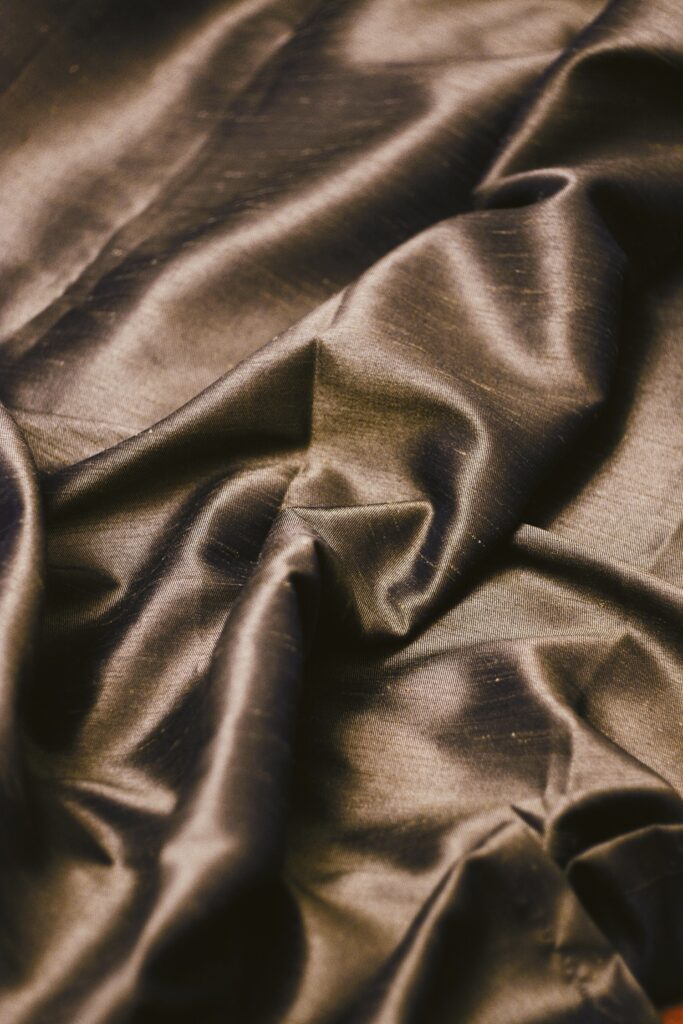
3. Crepe
Crepe is a lightweight, turned plain-woven texture with an unpleasant, rough surface that doesn’t wrinkle. It is frequently produced using cotton, silk, fleece or engineered strands, making it a flexible texture. Because of this, crepe is normally called after its fiber; for instance, crepe silk or crepe chiffon.
Crepe is in many cases utilized in suit and dressmaking since it’s delicate, agreeable and simple to work with. For instance, georgette is a kind of crepe texture frequently utilized in fashioner garments. Crepe is likewise utilized in pullovers, pants, scarves, shirts and skirts.
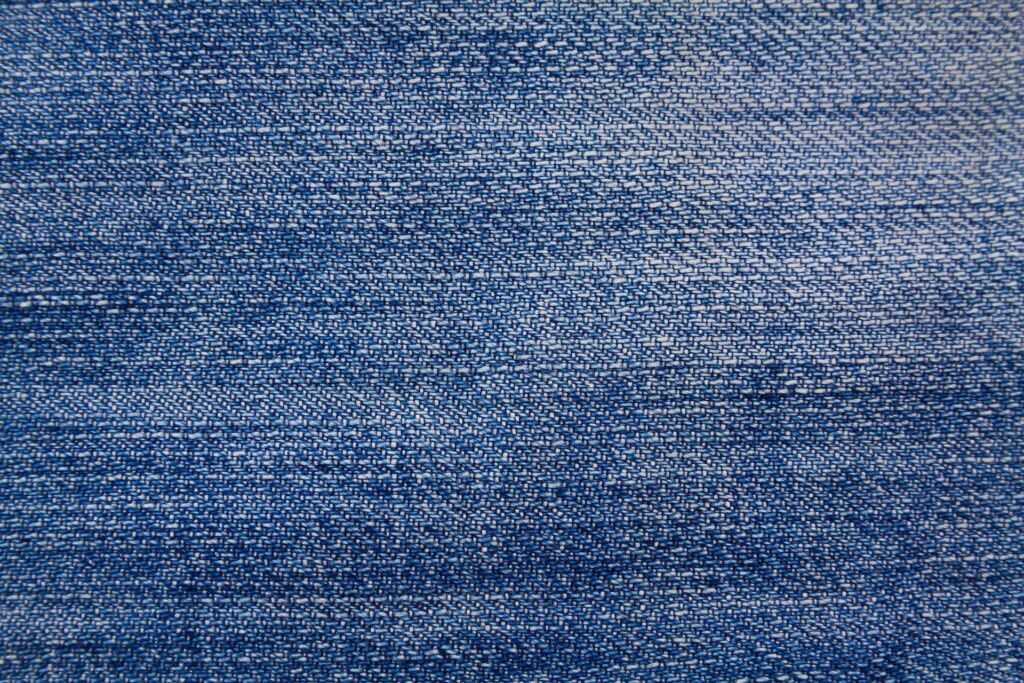
4. Denim
One more kind of texture is denim. Denim is a woven cotton twill texture produced using weaved cotton wrap yarn and white cotton stuffing yarn. It is frequently known for its distinctive surface, toughness, solidness and agreeableness.
Denim is generally colored with indigo to make Levis, however it is additionally utilized for coats and dresses.
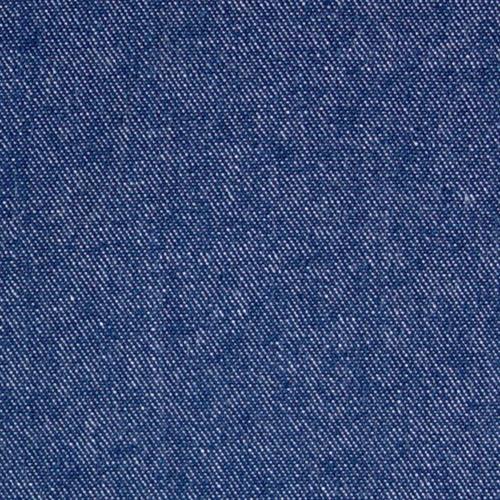
5. Lace
Ribbon is a rich, fragile texture produced using circled, contorted or sewed yarn or string. It was initially produced using silk and material, however ribbon is presently made with cotton string, fleece or manufactured filaments. There are two fundamental components to bind: the plan and the ground texture, which keeps the example intact.
Ribbon is viewed as an extravagance material, as it requires investment and mastery to make the open-weave plan and web-like example. The delicate, straightforward texture is much of the time used to complement or decorate dressing, particularly with marriage outfits and shroud, however it very well may be tracked down in shirts and robes.
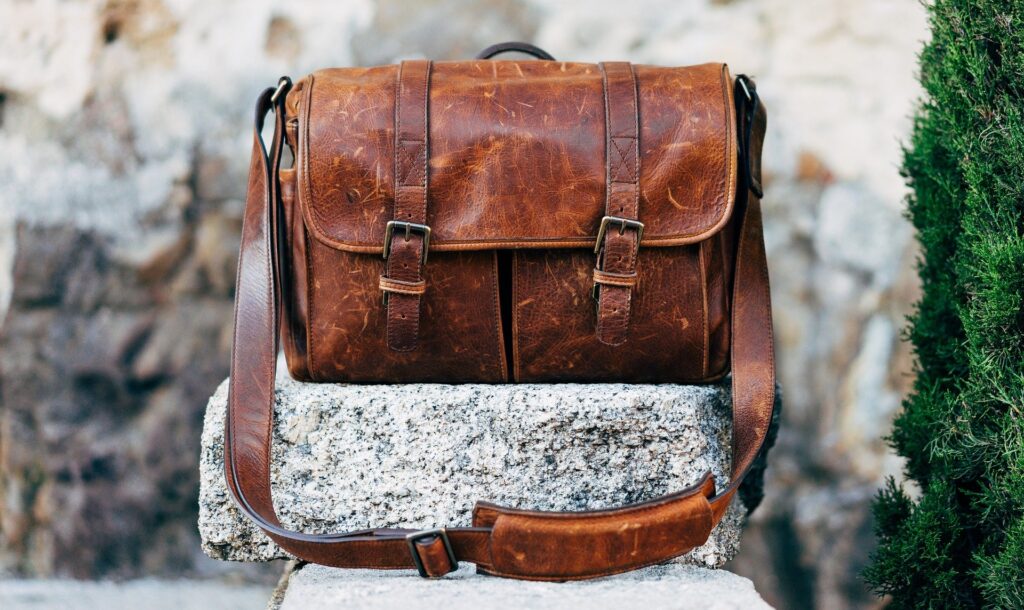
6. Leather
Cowhide is a remarkable kind of texture in that it is produced using creature stows away or skins, including cows, crocodiles, pigs and sheep. Contingent upon the creature utilized, cowhide will require different treatment methods. Cowhide is known for being solid, wrinkle-safe and in vogue.
Calfskin is a kind of cowhide (generally produced using sheep) that has the “tissue side” turned outward and brushed to make a delicate, smooth surface. Cowhide and calfskin are many times found in coats, shoes and belts since the material keeps the body warm in chilly climate.
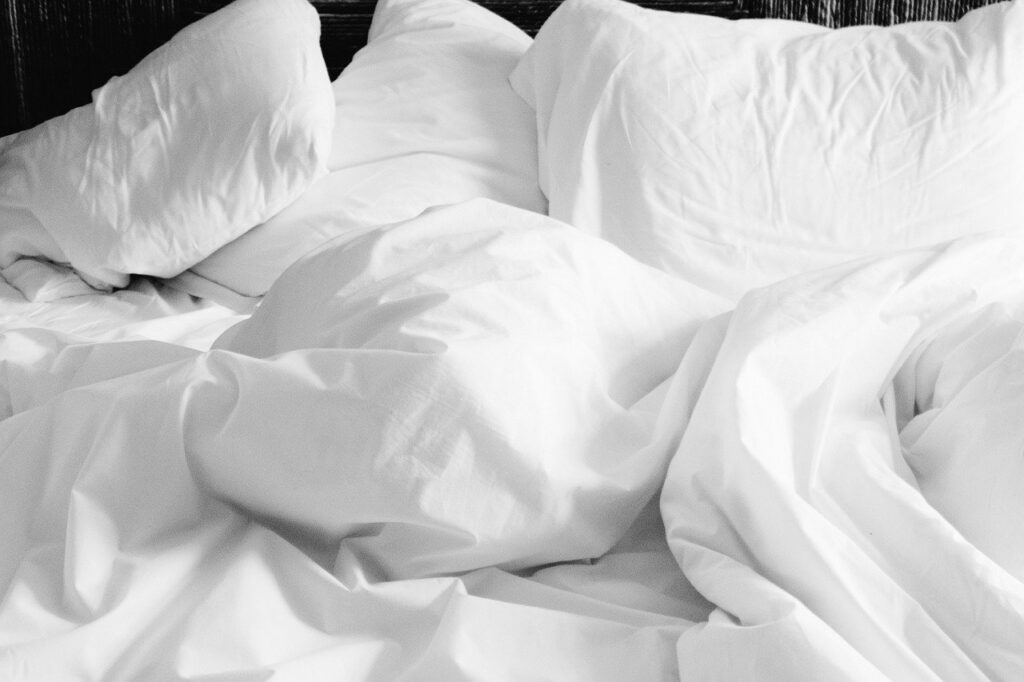
7. Linen
The following texture is cloth, which is one of the most seasoned materials known to humanity. Produced using normal filaments, this solid, lightweight texture comes from the flax plant, which is more grounded than cotton. The flax strands are turned into yarn, which is then mixed with different filaments.
Cloth is permeable, cool, smooth and tough. It is machine-launderable, yet it needs customary pressing, as it wrinkles without any problem. However it very well may be utilized in clothing, including suits, coats, dresses, shirts and pants, material is for the most part utilized in wraps, decorative liners, bedsheets, napkins and towels.

8. Satin
Dissimilar to a large portion of the textures on this rundown, silk isn’t produced using a fiber; it is really one of the three significant material winds around and is made when each strand is very much weaved. Silk was initially produced using silk and is presently produced using polyester, fleece and cotton. This sumptuous texture is reflexive, exquisite and tricky on one side and matte on the other.
Noted for its smooth, smooth surface and lightweight, silk is many times utilized in night and wedding outfits, underwear, girdles, pullovers, skirts, coats, outerwear and shoes. It can likewise be utilized as a support to different textures.
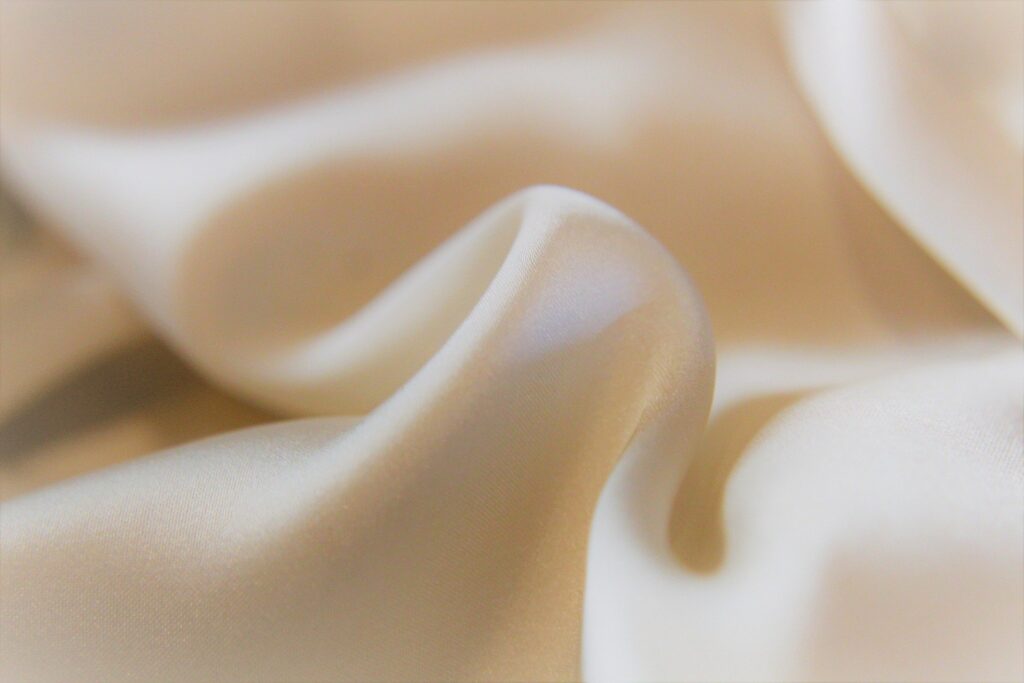
9. Silk
Known as the world’s most extravagant regular texture, silk is another delicate, exquisite texture decision with a smooth touch and shining look. Silk comes from the silkworm’s case, which are tracked down in China, South Asia and Europe.
It is the most hypoallergenic, sturdy, most grounded normal texture, however it is hard to perfect and fragile to deal with; numerous texture winds around fix or pucker when washed, so giving wash or launder silk is ideal. Like trim, glossy silk is costly because of the tedious, fragile interaction or transforming the silk string into yarn.
Silk is generally utilized in wedding and night outfits, shirts, suits, skirts, unmentionables, ties and scarves. The two most famous sorts are Shantung and Kashmir silk.
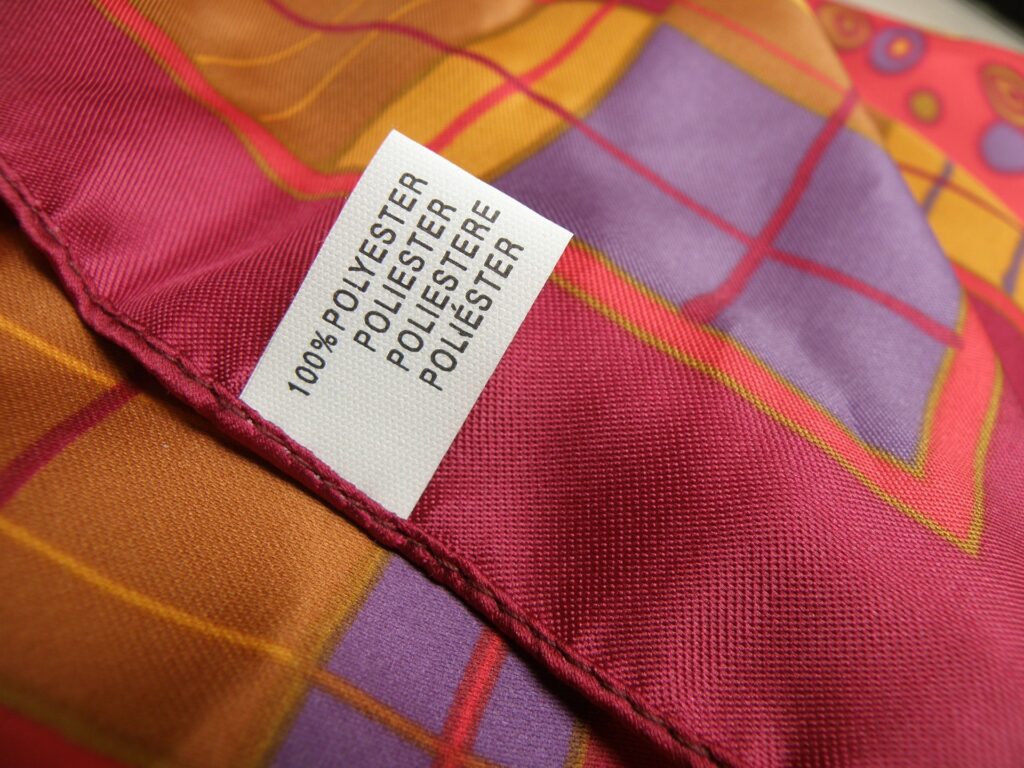
10. Synthetics
Not at all like different textures recorded here, artificial materials really cover a few texture types: nylon, polyester and spandex. Artificial materials don’t recoil, in contrast to sensitive textures, and are typically impervious to water-based stains.
Nylon is a totally engineered fiber comprised of polymers. It is known for its solidarity, adaptability and strength. Nylon is additionally enduring and handles mileage, which is the reason it is many times seen ins outerwear, including coats and parkas.
Polyester is a man-made engineered fiber and texture made from petrochemicals. However it is solid, tough and kink and stain-safe, polyester isn’t breathable and doesn’t retain fluids well. All things being equal, it is intended to move dampness away from the body. Most T-shirts, pants, skirts and active apparel are produced using polyester.
Apparently the most famous engineered material is spandex, which is produced using polyurethane. Otherwise called Lycra or elastane, spandex is known for its lightweight, flexibility and strength in the wake of being mixed with a few fiber types. This agreeable, perfectly sized material is much of the time utilized in pants, hosiery, dresses, athletic apparel and swimwear.
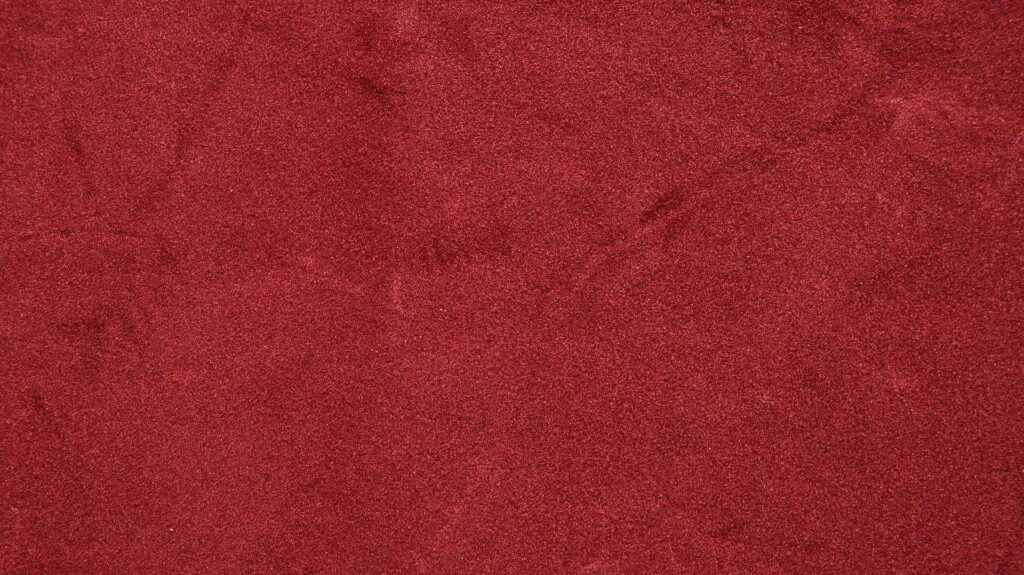
11. Velvet
One more unique sort of texture is the delicate, lavish velvet, which has generally been related with eminence because of its rich, extravagant getting done and complex creation process. This weighty, glossy woven twist heap texture meaningfully affects one side. The material’s not set in stone by the heap tuft’s thickness and how they are secured to the base texture.
Velvet can be produced using cotton, cloth, cool, silk, nylon or polyester, making it a flexible material that is either inelastic or stretchy. It is many times utilized in pullovers, shirts, coats, skirts, evening wear and outerwear.
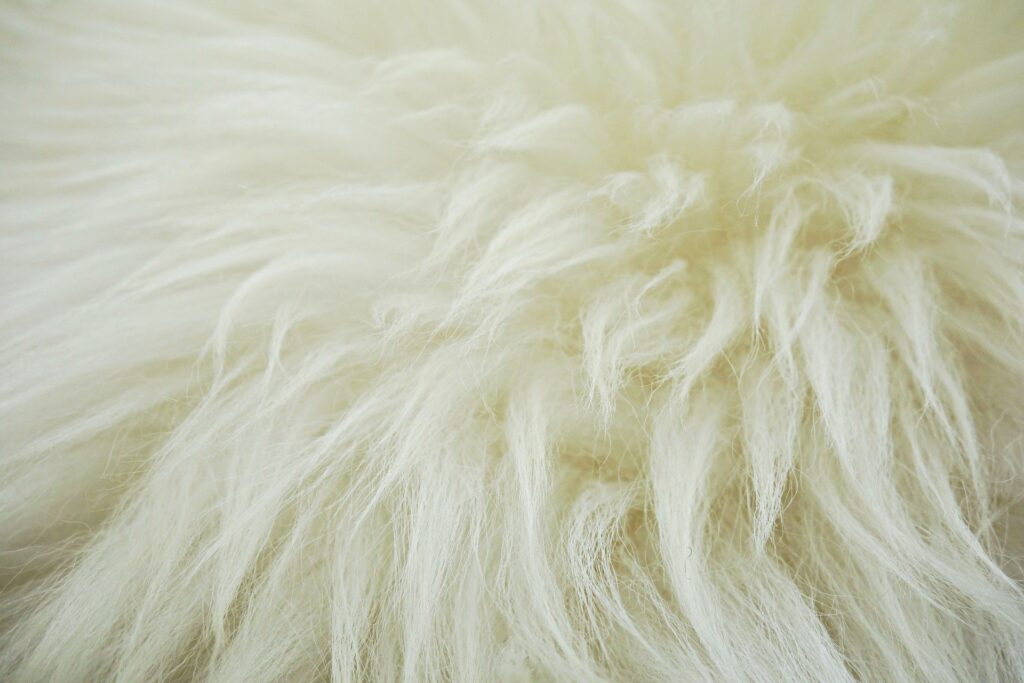
12. Wool
Our last unique kind of texture is fleece. This normal fiber comes from sheep, goat, llama or alpaca wool. It very well may be weaved or woven.
Fleece is frequently noted for being bristly and bothersome, however it keeps the body warm and is strong and enduring. It is likewise sans wrinkle and impervious to residue and mileage. This texture can be a piece costly, as need might arise to be hand-washed or dry-cleaned. Fleece is for the most part utilized in sweaters, socks and gloves.
Kinds of fleece incorporate tweed, Cheviot texture, cashmere and Merino fleece; Cheviot texture is produced using Cheviot sheep, cashmere is produced using cashmere and pashmina goats and Merino fleece is produced using Merino sheep.





